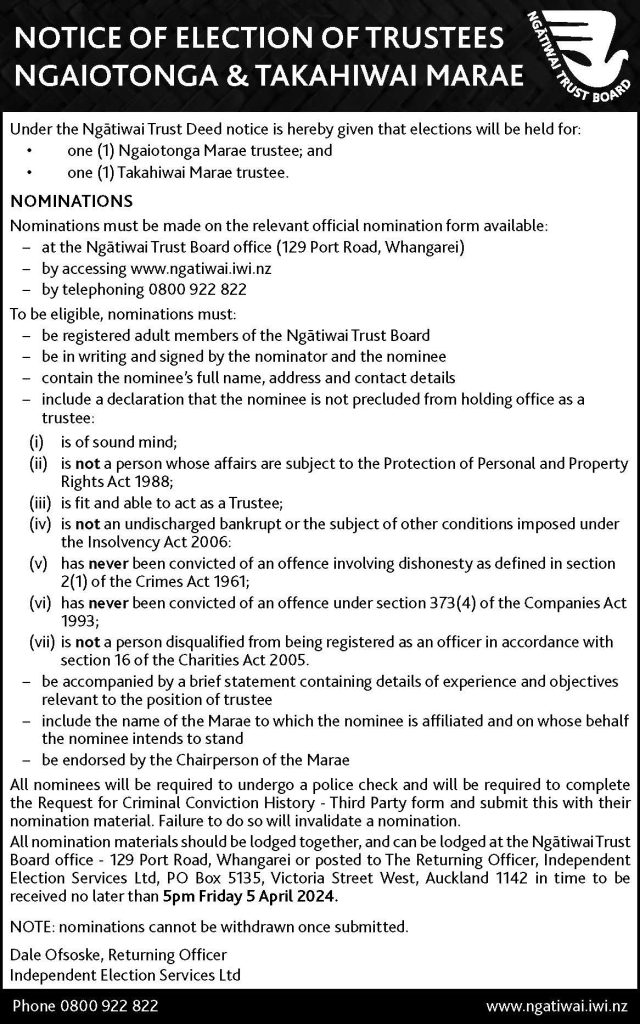Nau mai Haere mai!
PĀNUI

MERCH STORE CLOSED TILL JANUARY 15TH 2024
PĀNUI
NGĀ PAKIAKA O MANAIA
A Call to the descendants of Manaia Tupuna!
Through our shared linegages to Manaia tupuna we invite participation of our uri, hapū, kāinga and whanaunga maha to wānanga He Whakaputanga 1835 me Te Tiriti o Waitangi 1840 and what rangatiratanga and mana motuhake means to our peoples and how we express it in Te Ao Hurihuri (our modern world).
We have launched our online series ‘Ngā Pakiaka o Manaia’ where we will host weekly Manuhiri Kaikōrero and panel discussions as we plan to roll out wānanga across our marae with our peoples as we seek a shared unity of purpose as uri whakaheke o Manaia.
TE IWI O NGĀTIWAI
Ngātiwai is unified by its descent from one of the oldest lineages in Taitokerau, Ngāti Manaia. Unlike surrounding iwi, direct descent from Manaia has given Ngātiwai status on Northland’s east coast since the beginning of human occupation. The occupation of Manaia established iwi status in the northern part of the Ngātiwai rohe. Principally through the son of Manaia, Tahuhunuiorangi, manawhenua and manamoana of Ngātiwai on the coast from Whangarei to Whangaparaoa was established.
At times this extended to Tamaki. After the time of Te Rangihokaia, himself a descendent of Manaia, a number of key marriages cemented the relationship between Ngātiwai and the Kawerau hapū of Ngāti Rehua and Ngāti Manuhiri. This ongoing relationship with Tainui is another unique feature of Ngātiwai amoung iwi in Taitokerau. Today, Ngātiwai claims manawhenua and manamoana from Rākaumangamanga to Mahurangi, across to Aotea, and returning to Rākaumangamanga by way of the many islands and waters of Te Moana-nui-a-Toi.

